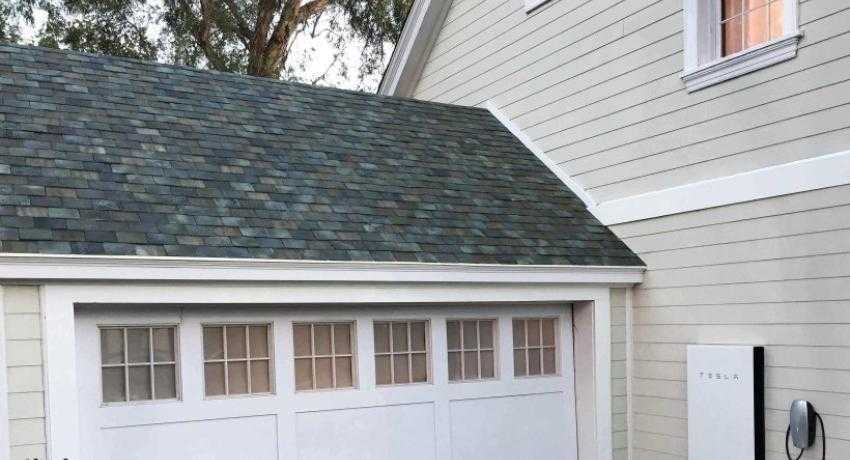Tesla Debuts Solar Roof Tiles
Long-awaited solar shingles made their debut May 10, and the genius behind them is none other than Elon Musk, the CEO of Tesla Motors, an electric vehicle manufacturer based in Fremont, California.
Tesla also makes residential energy storage systems under the Powerwall, a utility-scale energy storage solution which combines Powerwall with Powerpack, (available in certain areas only), and solar panels from its Palo Alto, California home base.
The solar roofing shingles – currently available in only one color (black) and two styles (textured and smooth) – are the frosting on Musk’s solar energy cake, which sees the solar shingles as part of its residential solar energy generation and storage business.
The tiles sell under Musk’s brand, Solar Roof, and consumers can choose how many solar photovoltaic (PV) tiles they need to incorporate based on their electricity consumption. Google has even designed an online calculator under its Project Sunroof that potential buyers can use to determine how many solar tiles they will need. The storage system includes a Powerwall, effectively turning the home into small, private electricity utility, or what energy gurus call “Building Integrated Photovoltaic” energy (BIPV for short).
The solar tiles have a 30-year power warranty, while their tempered glass surfaces will have an “infinity” warranty. Installations are expected to kick off in the U.S., starting in California this summer and abroad next year. Buyers will need to provide a down payment of $1,000.
The best part of the deal is that the solar shingles will cost less than a regular roof when homeowners factor in the electricity savings. The current cost, $21.85, is not that far removed than the $24.50 estimate for regular roofing put forth by Consumer Reports. Even so, estimates put the novel roofing solution cost above what Musk suggested going into the special shareholders meeting (on November 17, 2016), when he hinted that roofing costs would be lower, even before energy production.
Then again, how many angels can dance on the head of a pin. We certainly don’t know, and the idea that an ordinary, prosaic roof can generate energy for those living under it is clearly a regime-changing, disruptive technology at the very least.
At even half the anticipated value, it is the solution to the carbon dioxide dilemma we humans have been emitting since the first part of the last century (and yes, this is the royal “we”). Most important, why would any homeowner not choose a solar roof?
The photovoltaic shingles, running about a month behind schedule, have been on the solar energy drawing board for a long time. First came Redwood Renewables in 2008 with their “cool roof”, which planned to incorporate waste rubber into BIPV panels.
Then, in 2011, Dow presented its solar roofing shingles, a copper-gallium-selenide (CIGS) offering sold under the name “POWERHOUSE”. These shingles were touted as doing everything but stand up and dance, but on June 28, 2016 Dow announced that it would stop making POWERHOUSE modules and providing design services for same. It would, however, continue to support warranties on existing POWERHOUSE Systems.
Parent company Tesla will manufacture the solar tiles at its factory in Buffalo, New York. Production will start "very slowly," Musk told reporters on a conference call, adding that he expects robust demand.




